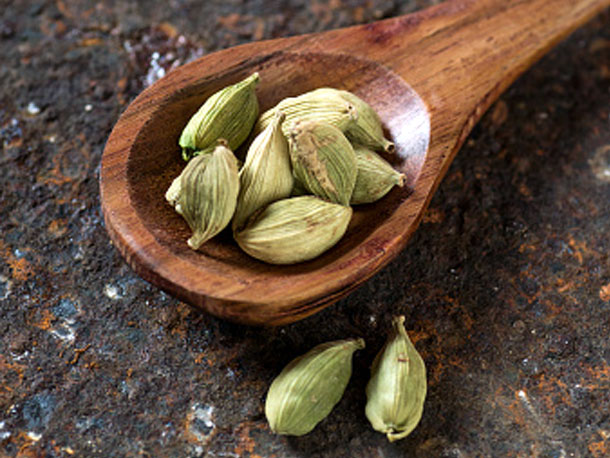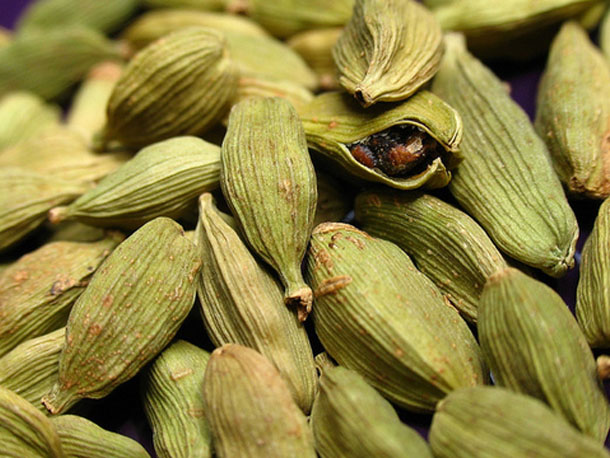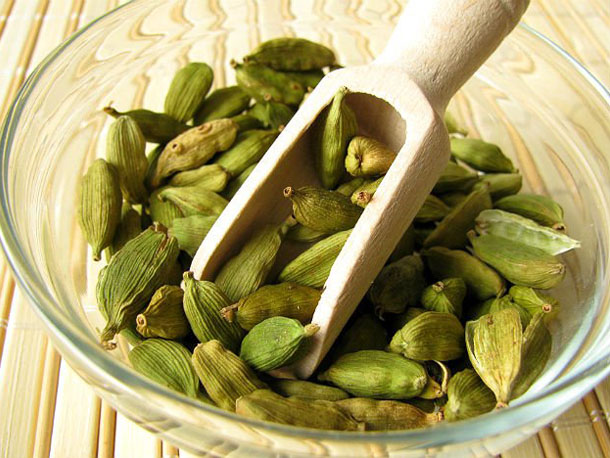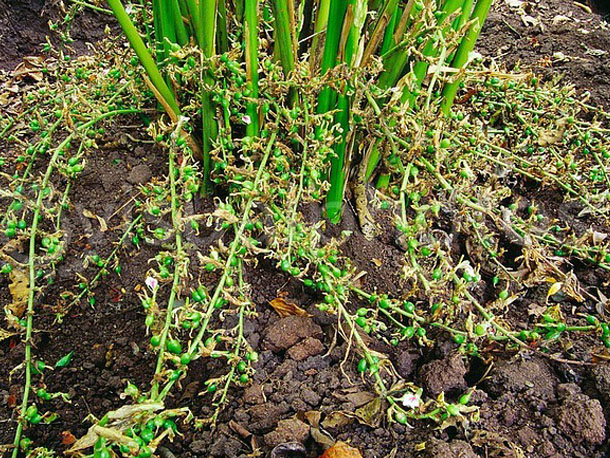Cardamom buyers resist ambitious offers
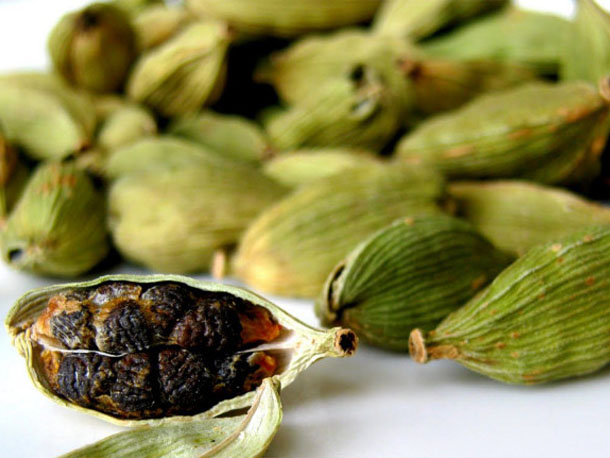
GUATEMALAN cardamom prices have shown renewed strength of late on low new crop arrivals in a market of already constrained supply.
The latest upturn continues the trend seen in October when prices escalated sharply as 2008/09 crop carryover ran out in the run up to first new crop arrivals (see , October 19, page 5).
In the week ending December 11, European traders quoted further large gains in value in cardamom seeds, bold greens and mixed yellow qualities (MYQs) – (see , December 14, page 19).
Andrew Barker, managing director of PBA brokerage, said he has seen prices even higher than these latter indications. “I have been told $19 (a kg) for a medium green and $20 for a large or bold green,” he said.
Mr Barker explained further that he had heard of offers for seeds in the range of $23,000 to $25,000 a tonne and MYQs between $16,000 and $17,000 a tonne.
“The crop is looking a lot smaller,” he said. “In general, the packers are finding that what is coming from the field is very limited so the packers and exporters are being strangled for supplies and they are pushing the price up and up.”
At this stage it is anyone’s guess what the final crop size will be, since harvesting does not usually finish until March or April the following year. One Rotterdam spice trader said he had been told the crop would amount to only 16,000 tonnes compared with around 20,000 tonnes this year. Sources have cited adverse weather and a switch to alternative crops as behind the decline.
The trader added that there was now hardly any carryover remaining whereas at this time last year there was around 1,500 tonnes.
Mr Barker said a lot of market players have stopped buying of late. “The speculators have bought, the origin is now offering at higher prices and I can’t see people buying at these prices in big quantities, so demand has slowed up,” he remarked.
Similarly, the Rotterdam trader remarked: “There is a lot of rumour and semi quotations but there is no concrete business being done at the current price levels. At these prices people are not that much inclined to cover in a big way, so probably most of the importers and industries are first going to use the material they have and when they really need to replenish the stocks they will do that in smaller portions to bridge the gap until the next crop.”
Mr Barker noted that based on the reluctance to cover at current levels, there is potential for prices to ease by up to $1,000 a tonne in the coming weeks, but even after this, values would still be high.

